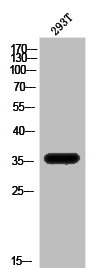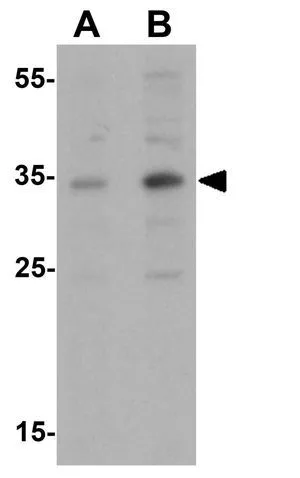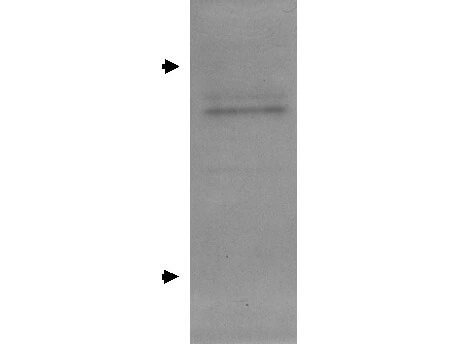Apolipoprotein E antibody [C2C3], C-term
GTX100053
ApplicationsImmunoFluorescence, ImmunoPrecipitation, Western Blot, ELISA, ImmunoCytoChemistry, ImmunoHistoChemistry, ImmunoHistoChemistry Frozen, ImmunoHistoChemistry Paraffin
Product group Antibodies
TargetAPOE
Overview
- SupplierGeneTex
- Product NameApolipoprotein E antibody [C2C3], C-term
- Delivery Days Customer9
- Application Supplier NoteWB: 1:500-1:20000. ICC/IF: 1:100-1:1000. IHC-P: 1:100-1:1000. IP: 1:100-1:500. ELISA: 1:1000-1:10000. *Optimal dilutions/concentrations should be determined by the researcher.Not tested in other applications.
- ApplicationsImmunoFluorescence, ImmunoPrecipitation, Western Blot, ELISA, ImmunoCytoChemistry, ImmunoHistoChemistry, ImmunoHistoChemistry Frozen, ImmunoHistoChemistry Paraffin
- CertificationResearch Use Only
- ClonalityPolyclonal
- Concentration0.66 mg/ml
- ConjugateUnconjugated
- Gene ID348
- Target nameAPOE
- Target descriptionapolipoprotein E
- Target synonymsAD2, APO-E, ApoE4, LDLCQ5, LPG, apolipoprotein E, apolipoprotein E3
- HostRabbit
- IsotypeIgG
- Protein IDP02649
- Protein NameApolipoprotein E
- Scientific DescriptionChylomicron remnants and very low density lipoprotein (VLDL) remnants are rapidly removed from the circulation by receptor-mediated endocytosis in the liver. Apolipoprotein E, a main apoprotein of the chylomicron, binds to a specific receptor on liver cells and peripheral cells. ApoE is essential for the normal catabolism of triglyceride-rich lipoprotein constituents. The APOE gene is mapped to chromosome 19 in a cluster with APOC1 and APOC2. Defects in apolipoprotein E result in familial dysbetalipoproteinemia, or type III hyperlipoproteinemia (HLP III), in which increased plasma cholesterol and triglycerides are the consequence of impaired clearance of chylomicron and VLDL remnants. [provided by RefSeq]
- Storage Instruction-20°C or -80°C,2°C to 8°C
- UNSPSC12352203
References
- Adaku N, Ostendorf BN, Mei W, et al. Apolipoprotein E2 Stimulates Protein Synthesis and Promotes Melanoma Progression and Metastasis. Cancer Res. 2023,83(18):3013-3025. doi: 10.1158/0008-5472.CAN-23-1252Read this paper
- La Cunza N, Tan LX, Thamban T, et al. Mitochondria-dependent phase separation of disease-relevant proteins drives pathological features of age-related macular degeneration. JCI Insight. 2021,6(9):pii: 142254. doi: 10.1172/jci.insight.142254.Read this paper
- Lai W, Li D, Wang Q, et al. A Protein Corona Adsorbed to a Bacterial Magnetosome Affects Its Cellular Uptake. Int J Nanomedicine. 2020,15:1481-1498. doi: 10.2147/IJN.S220082Read this paper
- Seto S, Morimoto K, Yoshida T, et al. Proteomic Profiling Reveals the Architecture of Granulomatous Lesions Caused by Tuberculosis and Mycobacterium avium Complex Lung Disease. Front Microbiol. 2019,10:3081. doi: 10.3389/fmicb.2019.03081Read this paper
- Thaker K, Chwa M, Atilano SR, et al. Increased expression of ApoE and protection from amyloid-beta toxicity in transmitochondrial cybrids with haplogroup K mtDNA. Neurobiol Dis. 2016,93:64-77. doi: 10.1016/j.nbd.2016.04.005Read this paper





